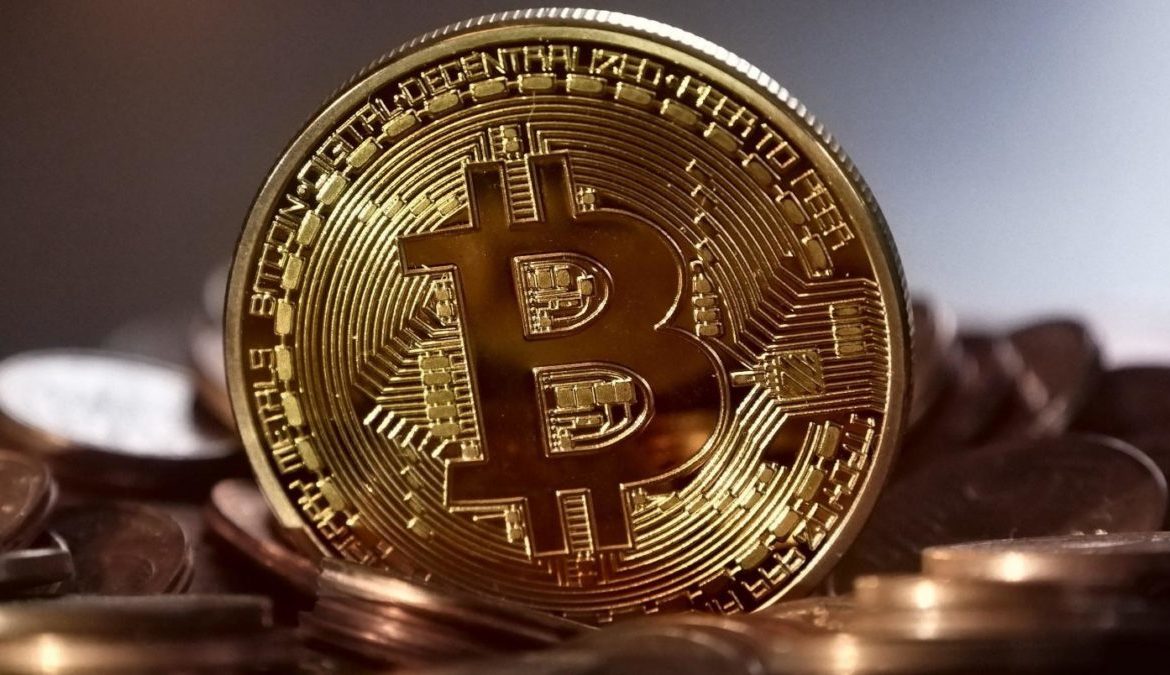Twelve years ago, Nobel laureate economist Paul Krugman dismissed Bitcoin when it was trading at a mere $7.03 per coin. In his 2011 New York Times article, Krugman labelled it a bubble, questioned its viability, and doubted its decentralized nature. Fast forward to today, Bitcoin is valued at around $25,000 per coin, marking an astounding 365,999% increase from Krugman’s critique. Back in 2011, if someone had acquired 10,000 BTC and converted it to USD today, they would currently hold approximately $3 million. What a journey it has been, showcasing Bitcoin’s resilience, utility, and potential for borderless transactions!
Bitcoin’s Evolution: From $7 to $25,000
When Krugman’s article hit the press, Bitcoin was still in its nascent phase. This digital currency, brought to life by the mysterious Satoshi Nakamoto, had only been around for a few years. It operated largely in the shadows of the mainstream, finding its place within a tight-knit group of early enthusiasts and tech aficionados.
In his article, Krugman made the case that Bitcoin was a bubble poised for a collapse. He raised concerns about its suitability as a currency, scrutinized its decentralized structure, and held reservations regarding its future potential. Back then, when Bitcoin was priced at $7.00, it appeared insignificant, and numerous individuals echoed Krugman’s uncertainties.
Nevertheless, history shows that Krugman and fellow early Bitcoin doubters were mistaken. Bitcoin has not merely endured but flourished during the past 12 years. Its value has undergone extraordinary expansion, reaching peaks surpassing $69,000 in early 2021. As of now, Bitcoin is exchanging hands at approximately $25,000 per coin, signifying a remarkable 365,999% surge from its value when Krugman composed his critique.
Influence Beyond Price Helping the Bitcoin Recovery
El Salvador has now adopted Bitcoin as a formal currency. Currently, it serves alongside the U.S. dollar as a form of legal tender in wide use by small merchants. Further, Bitcoin, 15 years on, retains a niche in online commerce.
This has proved largely true. However, Bitcoin’s continued utility as a currency has undermined Krugman’s claims. BTC’s rise to $25,000 demonstrated its potential as a means of transferring value across borders with relative ease.
With hindsight, Krugman’s rejection of Bitcoin at $7 serves as a testament to the unpredictability of financial markets and the capacity of groundbreaking technologies to transform the world.
Bitcoin Secret: Resilience and Transition
Retreating Bitcoin dominance as a symptom of investor apathy
Bitcoin (BTC) rebounded from an intraday low of $25,370 (equivalent to €23,715 in Bitcoin to euro trading) on Wednesday. It closed at $25,759 at midnight, representing a marginal 0.1% decrease from the previous day’s closing price.
This marked the BTC/USDT pair’s third consecutive day of minor losses. Moreover, today’s performance during the Asia trading window indicates that another loss might be imminent.
The pair is currently trading at $25,750, essentially unchanged from yesterday’s closing price.
Bitcoin’s dominance seems to be on a declining path, dropping from its peak of 50.7% in early August to its current standing at 49.1%.
Dominance assesses Bitcoin’s portion of the overall cryptocurrency market and serves as an indicator of Bitcoin sentiment. This gauge exhibited an upward trend in 2023 but has recently begun to decline, coinciding with a notable reduction in trading activity.
Recent research conducted by Ark Invest, led by Cathie Wood, revealed that the futures market is also experiencing reduced trading volumes. Remarkably, open interest in futures has declined at a rate not witnessed since December 2021.
Ark also noted that Bitcoin closed August at $25,932, 5.4% below its 200-week moving average, with a downside risk of $20,300. This is the market’s average Bitcoin cost basis.
Ethereum’s Volatility and Altcoin Trends
Examining Ethereum (ETH), the second-largest cryptocurrency globally by market capitalization, we observed a surge in volatility on Wednesday. It reached highs of $1,670 and lows of $1,609 before ultimately ending the day unchanged at $1,633. Unlike Bitcoin, which hasn’t shown signs of recovery and is down 5.5% for the week, Ether has experienced a 4.2% decline.
In the altcoin space, blue-chip cryptocurrencies like BNB, XRP, ADA, and DOGE have experienced minor weekly losses, while TON has surged by 9%. The total cryptocurrency market capitalization currently stands at $1.04 trillion.
















